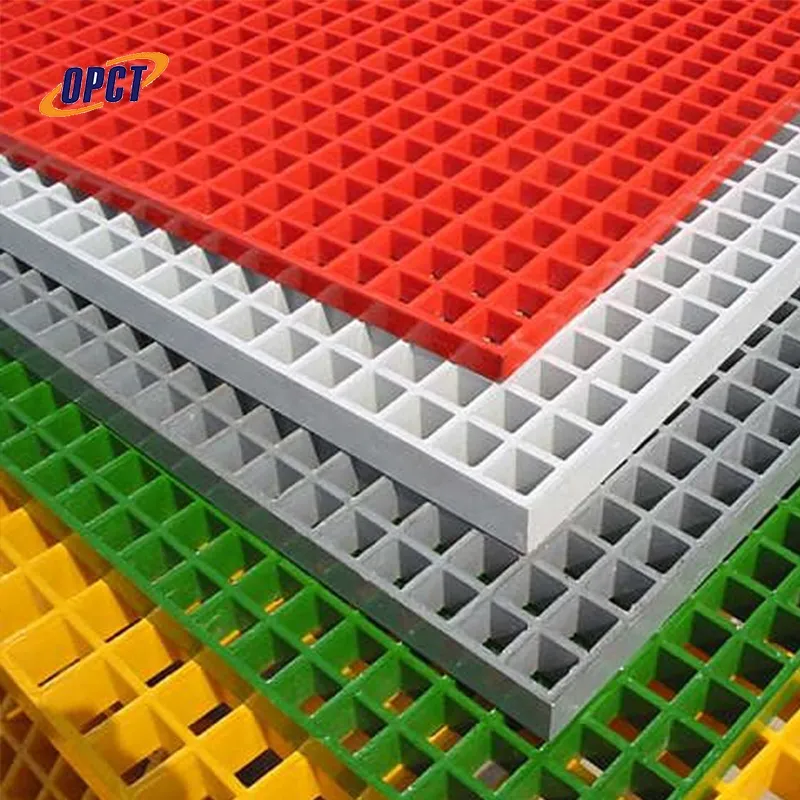


Understanding GRP Flanges A Comprehensive Overview
In the realm of modern engineering and construction, the demand for reliable and durable materials has led to the increased use of Glass Reinforced Plastic (GRP) products, particularly GRP flanges. These innovative components are becoming essential in various industries, including chemical processing, water treatment, and infrastructure development. This article aims to provide an in-depth understanding of GRP flanges, their applications, advantages, and the factors to consider when choosing them.
What Are GRP Flanges?
GRP flanges are fittings used to connect pipes or equipment within a piping system. Made from glass reinforced plastic, these flanges are designed to withstand high pressure and corrosion, making them ideal for demanding environments. Unlike traditional metal flanges, which are prone to rust and degradation over time, GRP flanges offer a longer lifespan and lower maintenance requirements.
Applications of GRP Flanges
The versatility of GRP flanges allows them to be utilized in various applications. Some common uses include
1. Chemical Industries GRP flanges are resistant to many corrosive substances, making them suitable for transporting chemicals, acids, and other hostile materials without the risk of leakage and structural failure.
2. Water Treatment Plants Their resistance to corrosion and biofouling makes GRP flanges ideal for water and wastewater treatment facilities.
3. Oil and Gas GRP flanges can be used in offshore and onshore oil and gas operations, where they withstand harsh environmental conditions while maintaining integrity and performance.
4. Construction In construction, GRP flanges are often employed in building applications where traditional metal components may be inadequate due to weight or corrosion issues.
5. Power Generation GRP flanges are also utilized in power plants, especially in the management of cooling water and chemical transfer systems.
Advantages of GRP Flanges
1. Corrosion Resistance One of the primary benefits of GRP flanges is their exceptional resistance to corrosion. They do not corrode like metal flanges, which prolongs their lifespan and reduces the likelihood of costly repairs and replacements.

2. Lightweight GRP flanges are significantly lighter than their metal counterparts. This lightweight nature can reduce transportation and installation costs, making them an ideal choice for projects where weight is a concern.
3. Cost-Effective While the initial investment may be higher than traditional materials, the long-term savings due to durability, low maintenance, and installation ease often make GRP flanges a more economical choice.
4. Design Flexibility The manufacturing process of GRP allows for a variety of shapes and sizes, providing designers with the flexibility to create customized solutions for specific applications.
5. Thermal Insulation Unlike metal, GRP does not conduct heat, making GRP flanges suitable for applications requiring thermal insulation.
Considerations for Choosing GRP Flanges
When selecting GRP flanges for a project, several factors must be considered
1. Chemical Compatibility Ensure that the GRP material is compatible with the substances it will be exposed to in the specific application.
2. Pressure and Temperature Ratings Analyze the pressure and temperature requirements of the piping system to choose flanges that can withstand these conditions.
3. Standards and Certifications Look for flanges that meet industry standards and certifications relevant to your sector to ensure safety and performance.
4. Supplier Reputation Choosing a reputable supplier with expertise in GRP products can ensure the quality and reliability of the flanges.
5. Installation Requirements Understanding the installation process and whether specialized tools or training are necessary can help prevent complications during assembly.
Conclusion
GRP flanges represent a significant advancement in piping technology, offering numerous benefits such as corrosion resistance, lightweight design, and cost-effectiveness. As industries continue to embrace innovative materials, GRP flanges will likely play an increasingly important role in ensuring the efficiency and longevity of various systems. By carefully evaluating their applications and considering the factors mentioned, engineers and project managers can harness the full potential of GRP flanges in their operations.